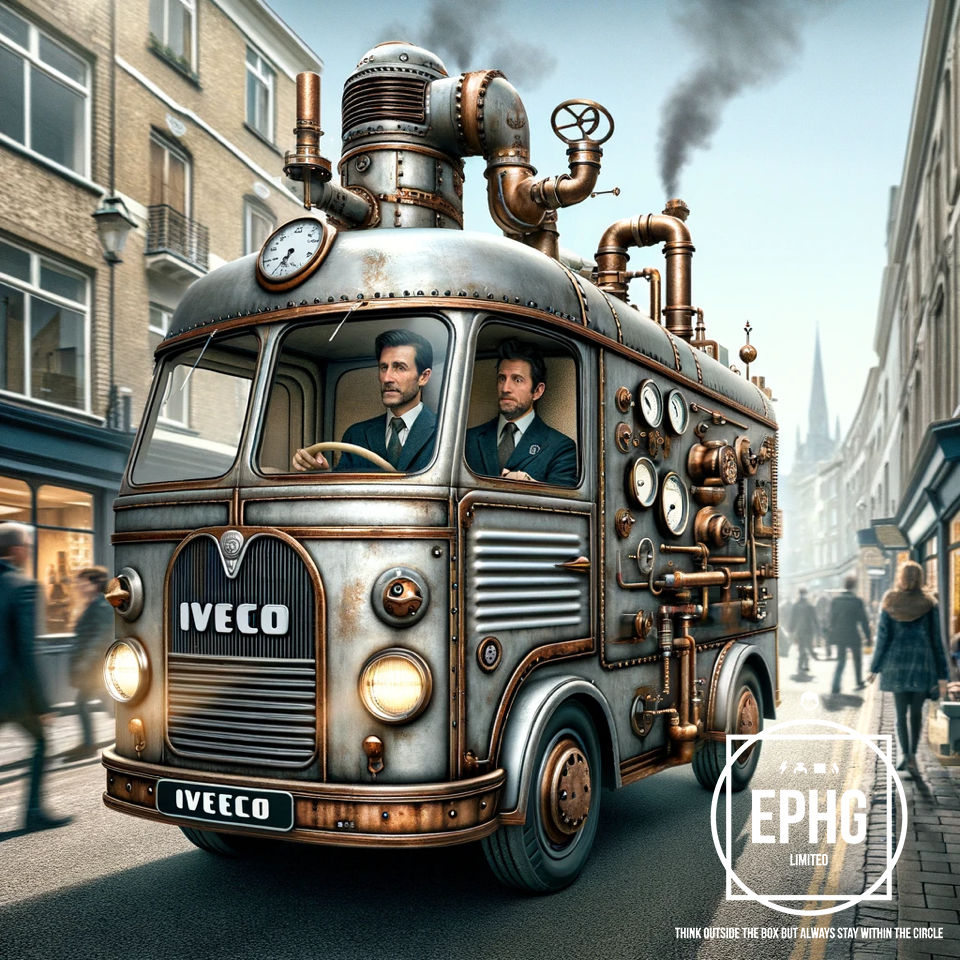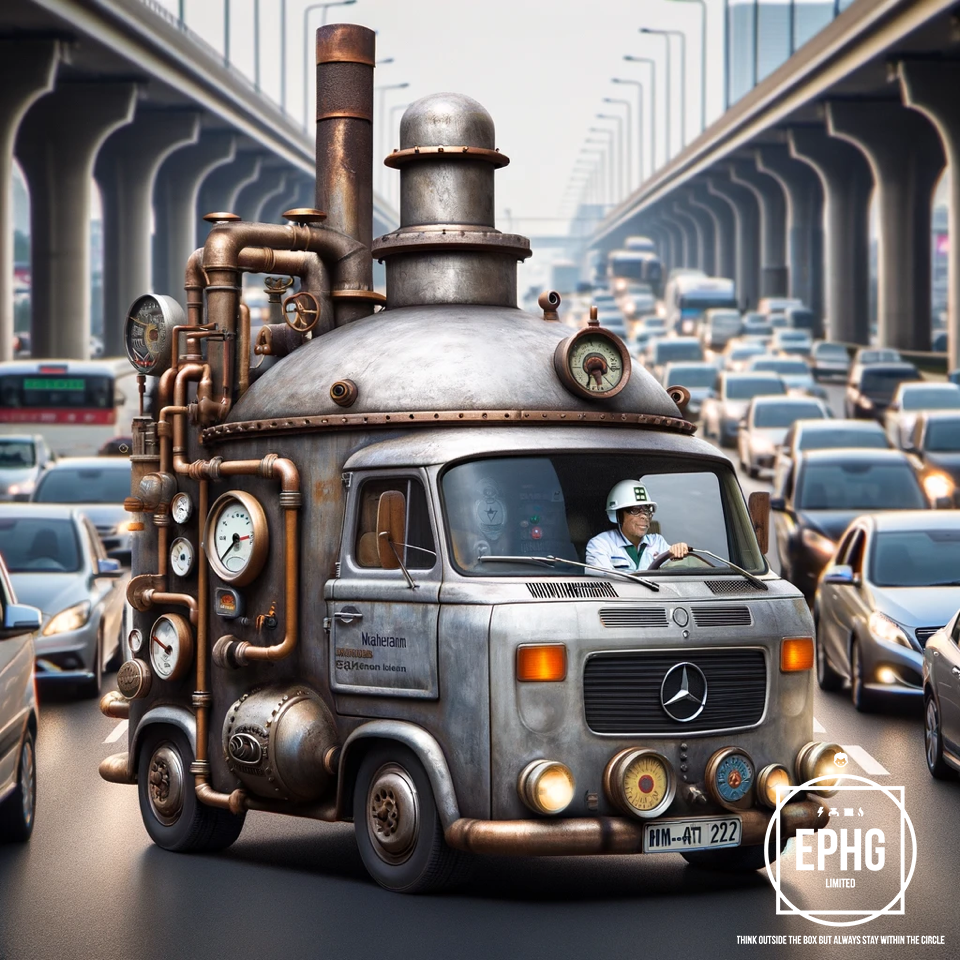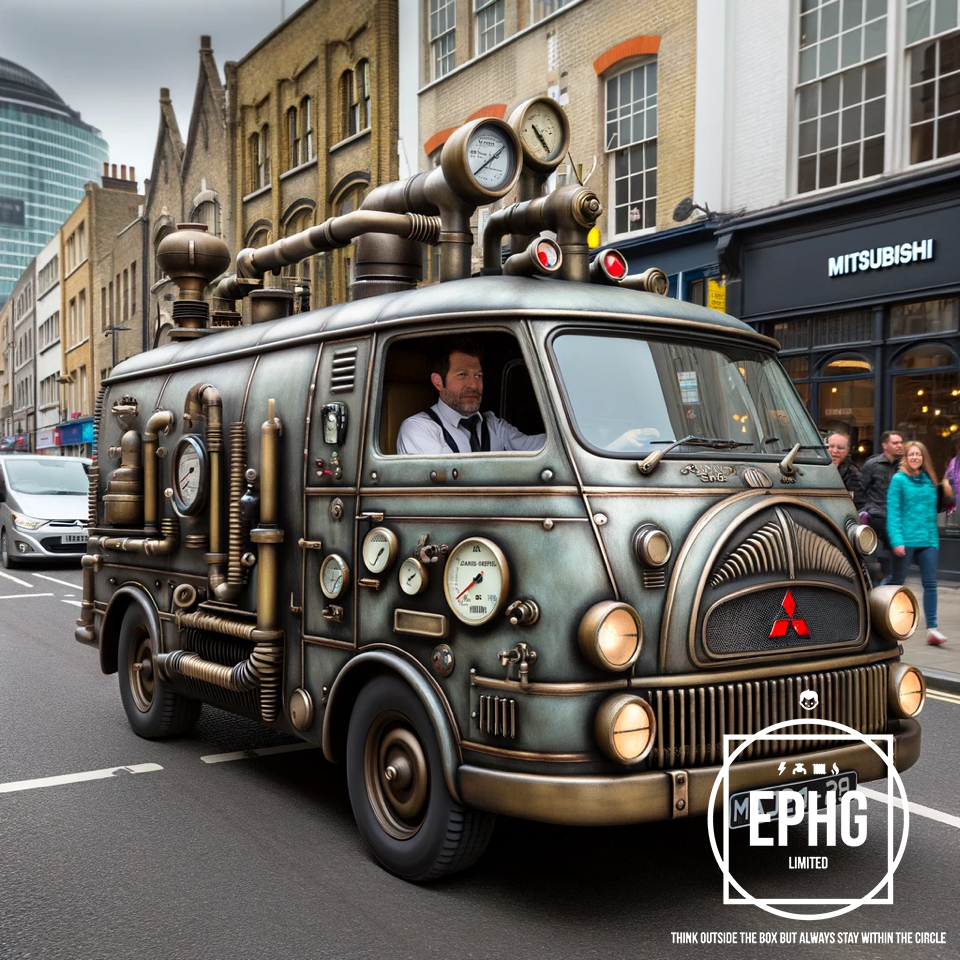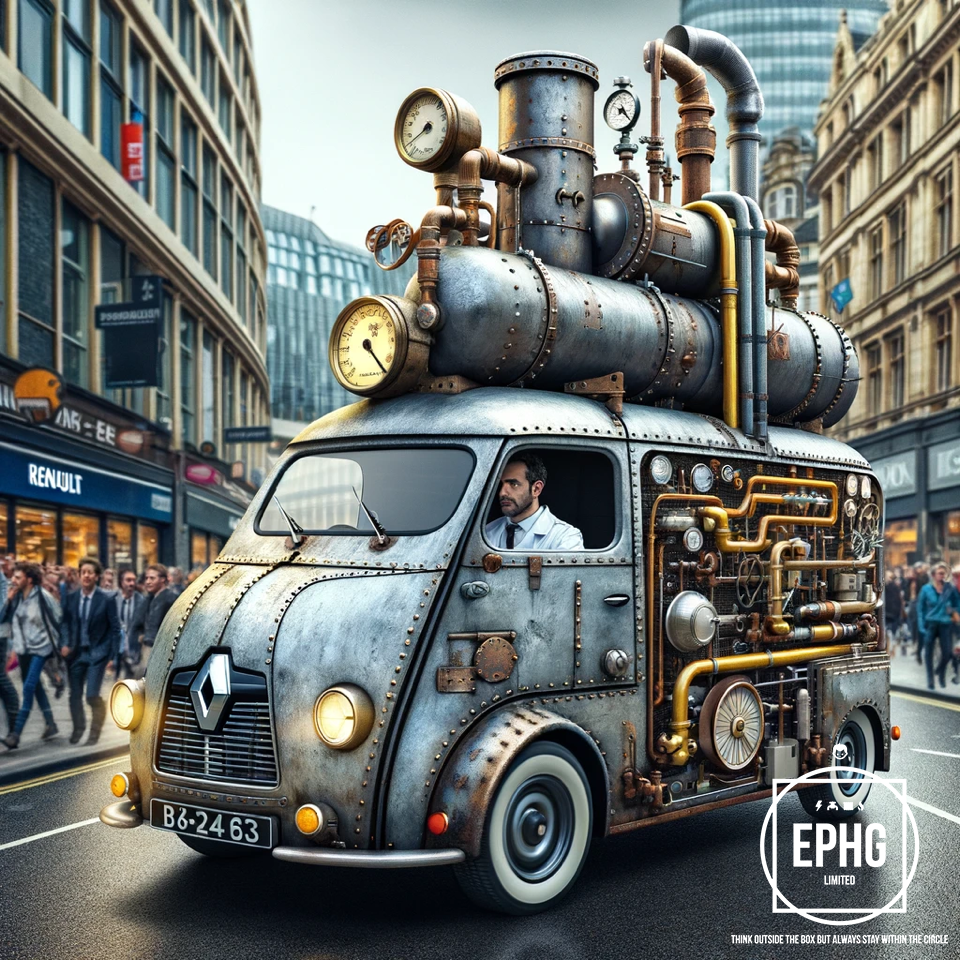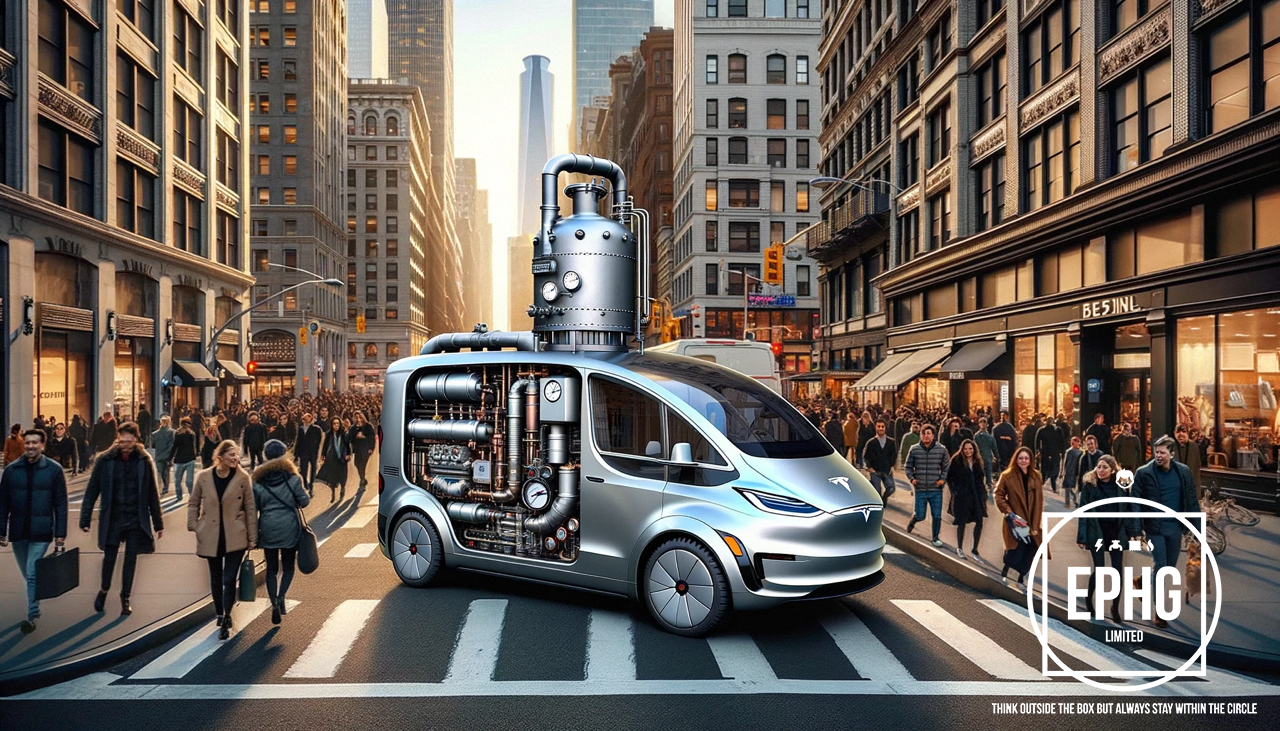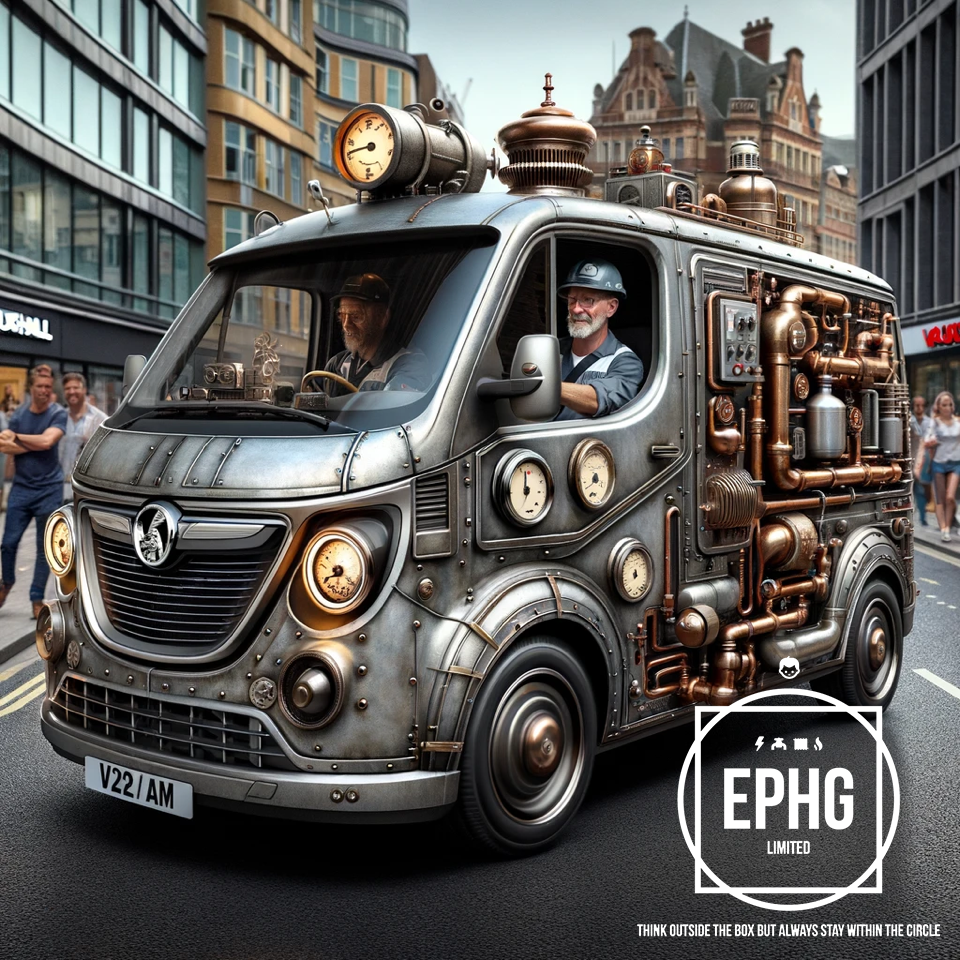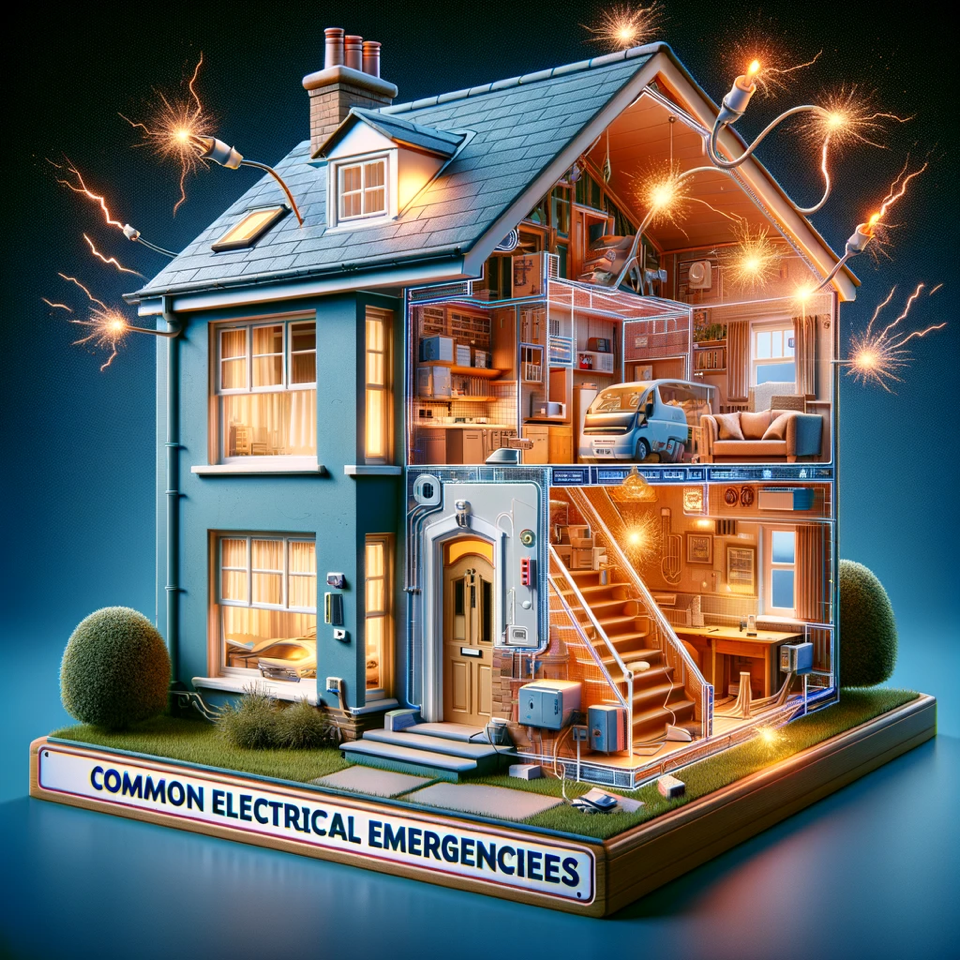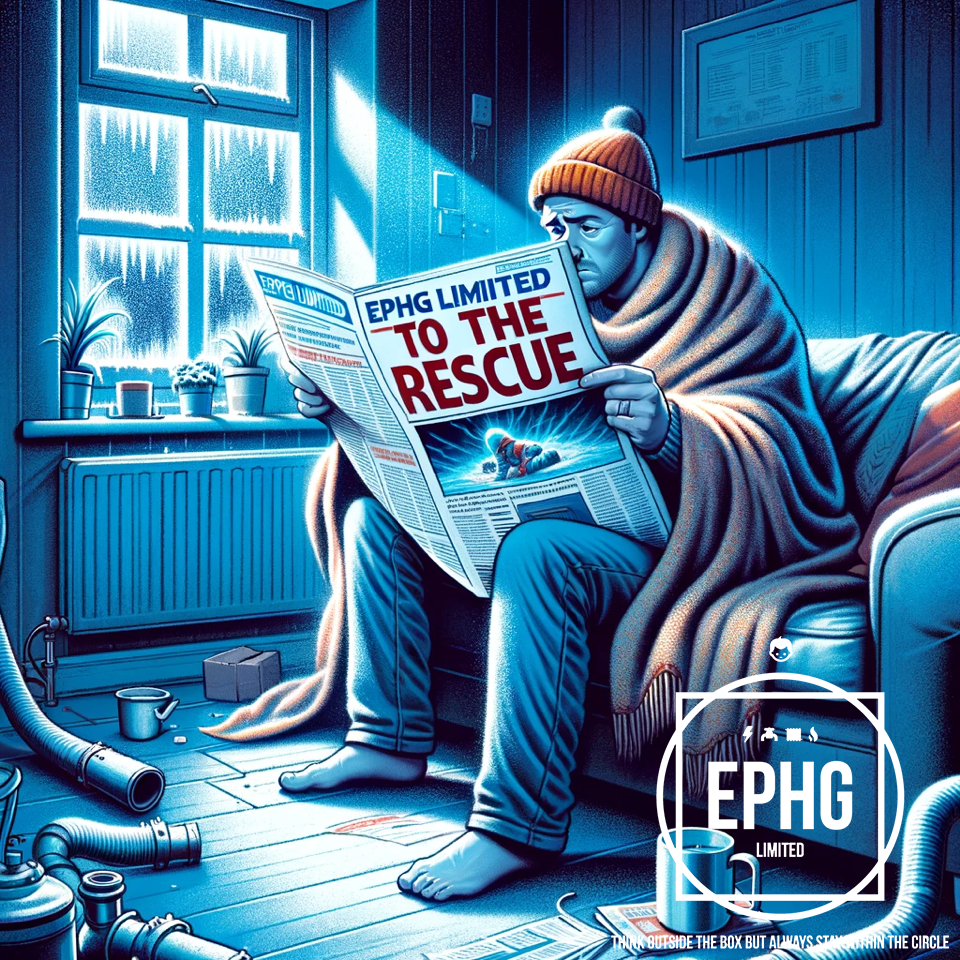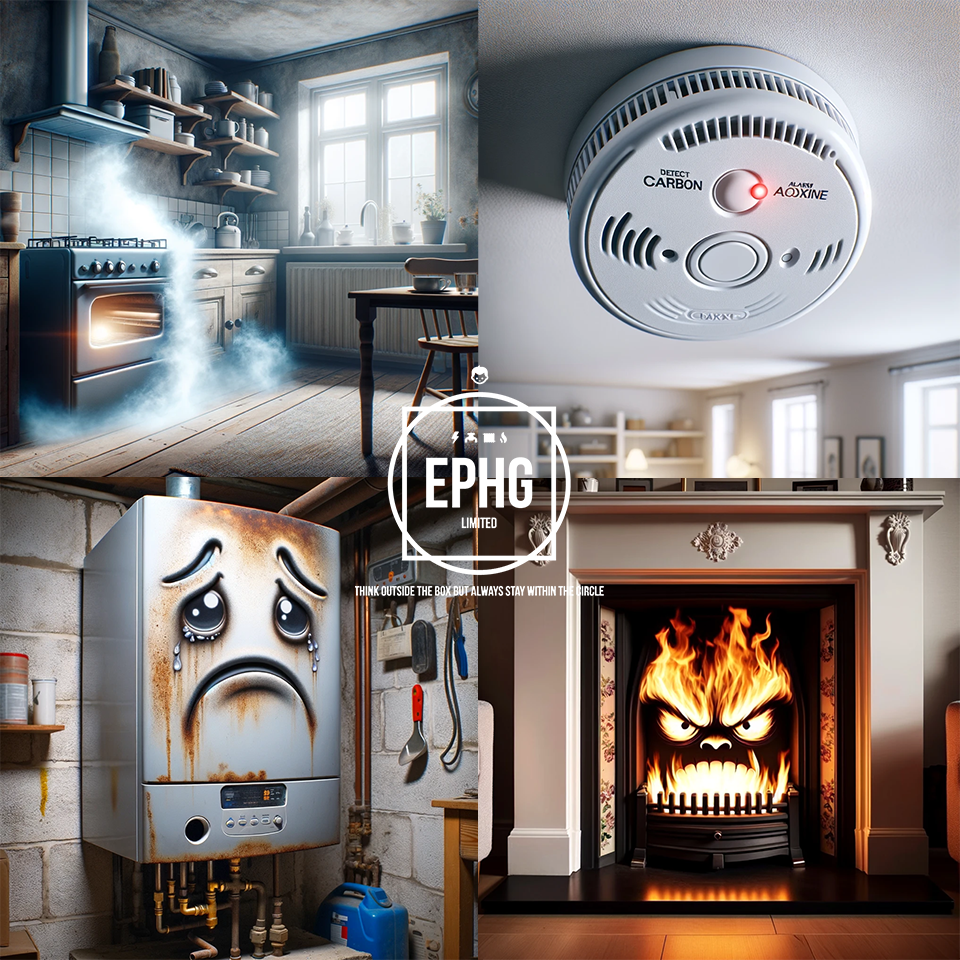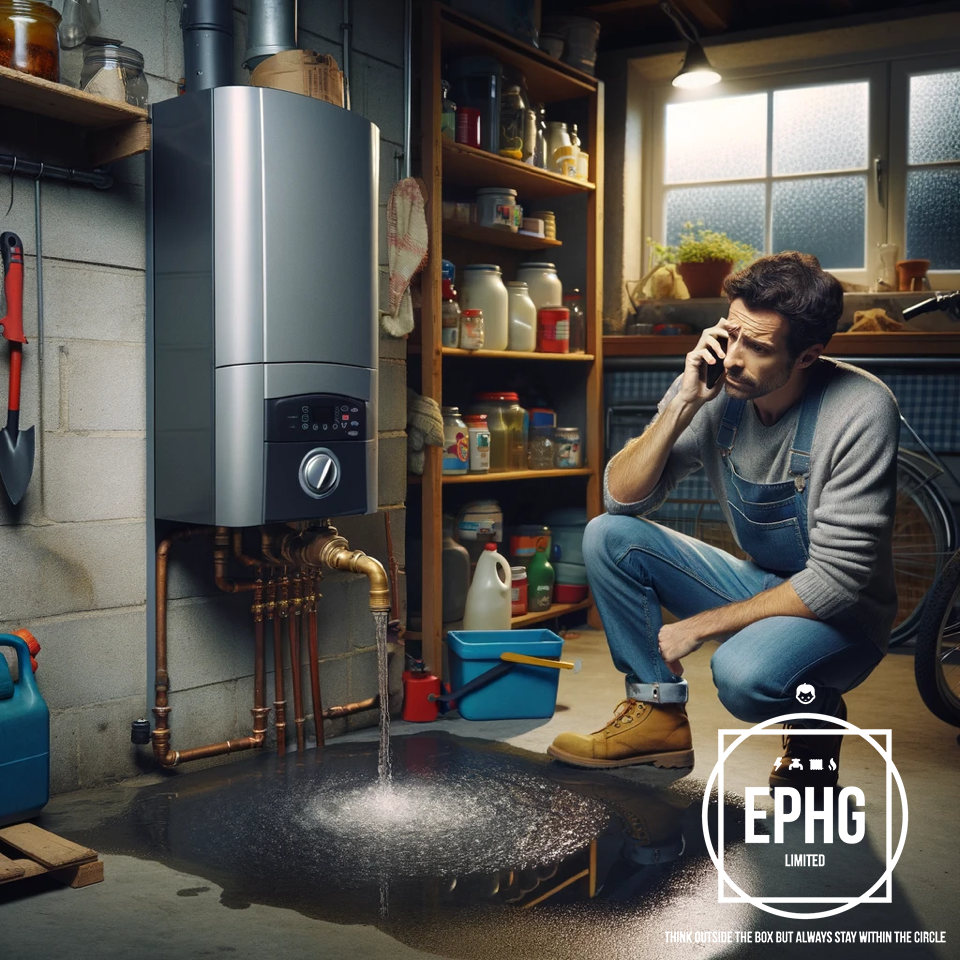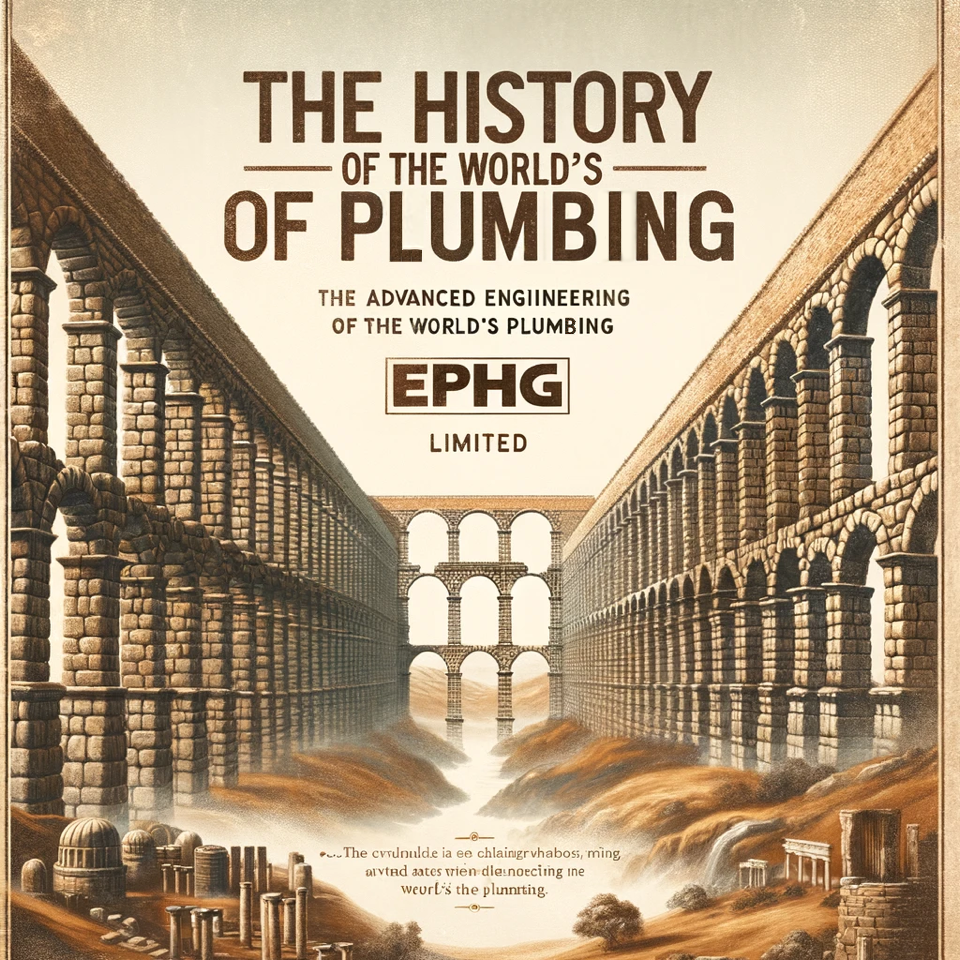

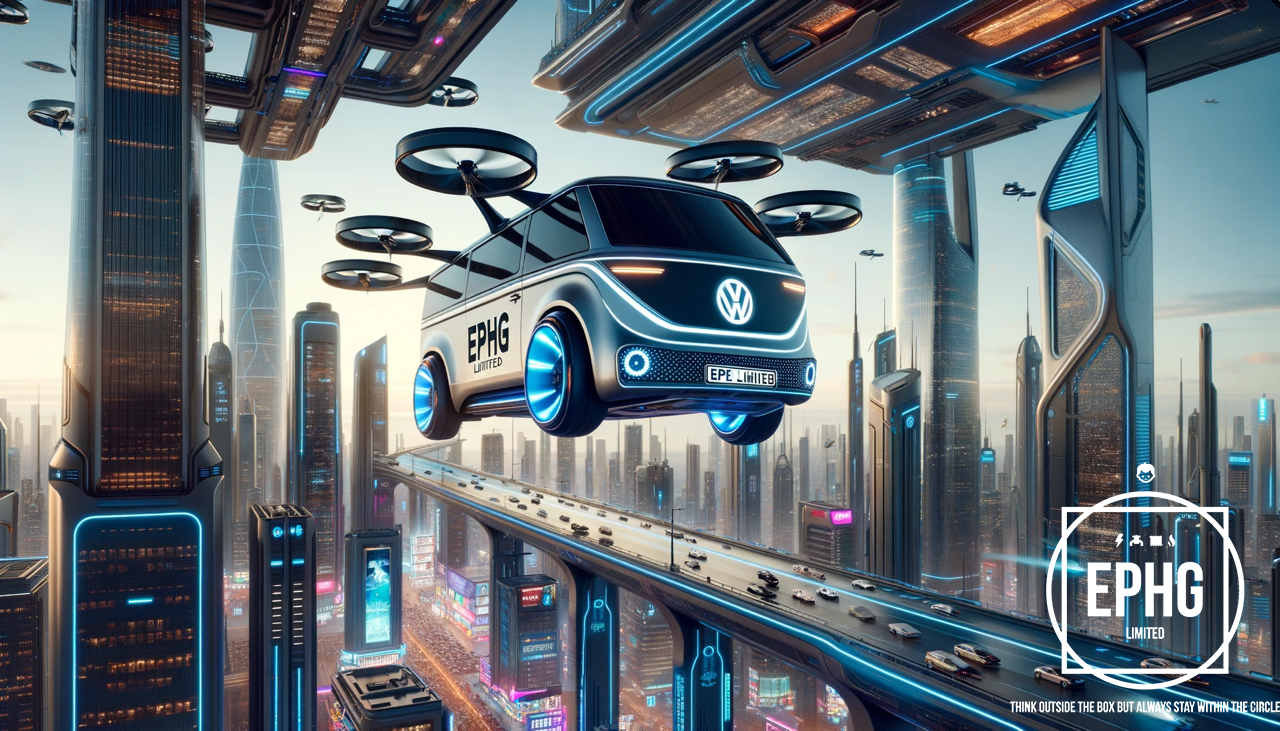
Flying Volkswagen Van

Flying Volkswagen Vintage Van
History of the Volkswagen Van: A Journey from Iconic Design to Modern and useful Utility for the gas engineers in Durham
The story of the Volkswagen Van is a fascinating journey through automotive history, innovation, and design. This article explores the evolution of the Volkswagen Van, emphasizing its role in contemporary utility, such as its use by professionals like an emergency gas engineer in Durham. The iconic Volkswagen Van, merging the practicality of a work vehicle with the charm of a classic design, provides a unique backdrop to this narrative.
The Birth of an Icon
The Volkswagen Van, a symbol of freedom and adventure, has its roots in the early post-World War II era. The inventor of the Volkswagen Van, Ben Pon, a Dutch Volkswagen importer, sketched the first design in 1947. This design was inspired by the simple, efficient style of the Plattenwagen, a flatbed truck used in the Volkswagen factory.
Volkswagen, established by the German Labour Front in 1937, initially focused on making affordable cars for the general public. The first Volkswagen Vans rolled off the assembly line in Wolfsburg, Germany, in 1950. These early models, known as the Type 2 (the Beetle being Type 1), were characterized by their boxy shape and rear-engine layout.
Evolution of Design and Function
Over the decades, the Volkswagen Van evolved significantly. The original split-screen, affectionately known as the 'Splitty', gave way to the bay-window design in the late 1960s. Each iteration brought improvements in comfort, engine performance, and capacity.
The 1980s saw the introduction of the Volkswagen T3, a more angular design, and later models such as the T4 and T5, which introduced front-mounted engines and more car-like handling. The evolution of the Volkswagen Van mirrored the changing needs and technologies of the times.
The Volkswagen Gas Engineer Van: A Modern Utility Vehicle
Today, the Volkswagen Van has found a new lease on life in various commercial and utility roles. One such adaptation is the Volkswagen Gas Engineer Van, a vehicle equipped with all the tools and equipment necessary for a professional gas engineer. In places like Durham, these vans are not just a means of transport but a mobile workshop, crucial for emergency responses and regular maintenance work.
Imagining the Future: A Blend of Classic and Contemporary
Imagine an emergency gas engineer in Durham arriving in a van that seamlessly blends the nostalgic charm of the old Volkswagen Vans with the functionality of modern utility vehicles. This van would combine the iconic design elements like the rounded shape and the V-shaped front end with the latest in automotive technology, fuel efficiency, and work-specific modifications like built-in storage for tools and parts of a gas boiler.
This fusion of old and new symbolizes the enduring legacy of the Volkswagen Van. It's a testament to the vehicle's adaptability and timeless appeal, as it continues to serve the needs of professionals in various fields.
Conclusion
The history of the Volkswagen Van is more than a story of an automobile; it's a narrative about innovation, adaptation, and enduring design. From its origins in post-war Germany to its role in modern industries, the Volkswagen Van remains a beloved and versatile vehicle, equally at home on the scenic routes of the world as it is in the bustling streets of cities like Durham, aiding professionals like emergency gas engineers. As it continues to evolve, the Volkswagen Van stands as a testament to the ingenuity and vision of its creators and the countless individuals who have relied on its enduring design and functionality.
Past Concepts: A Reflection of Cultural and Automotive Milestones
The Volkswagen Van, since its inception, has not only been a vehicle but also a cultural icon. It reflects the changing tastes, technologies, and societal needs over the decades. Let's delve into some of the past concepts that have shaped its legacy.
- The Splitty (1950s - 1960s)
- The Westfalia Camper (1960s - 1970s)
- The Bay-Window (Late 1960s - 1970s)
- The Syncro (1980s)
The original Volkswagen Type 2, known as the Splitty due to its distinctive split front windshield, was more than just a mode of transportation; it became a symbol of freedom and counter-culture. Its simple, functional design offered versatility, making it popular among small businesses and adventurers alike.
In partnership with Westfalia, a German camper conversion company, Volkswagen introduced the Westfalia Camper Van. This version, with its pop-up roof and interior fittings like a bed, kitchenette, and storage, became synonymous with the van life culture, appealing to those seeking adventure and an alternative lifestyle.
Replacing the Splitty, the Bay-Window Van featured a single, large windshield and slightly larger dimensions. This model boasted improved engine performance and became a staple for small businesses, reflecting the growing need for reliable and spacious commercial vehicles.
The introduction of the T3 Syncro in the 1980s marked Volkswagen's foray into the world of four-wheel-drive. The Syncro was built for off-road and rugged terrain, expanding the van's appeal to a broader audience, including those in more demanding professional sectors.
These past concepts not only showcase the evolution of the Volkswagen Van in design and technology but also mirror the shifting societal trends, from the free-spirited 60s to the more utilitarian 80s.
Future Concepts: Innovating for Tomorrow
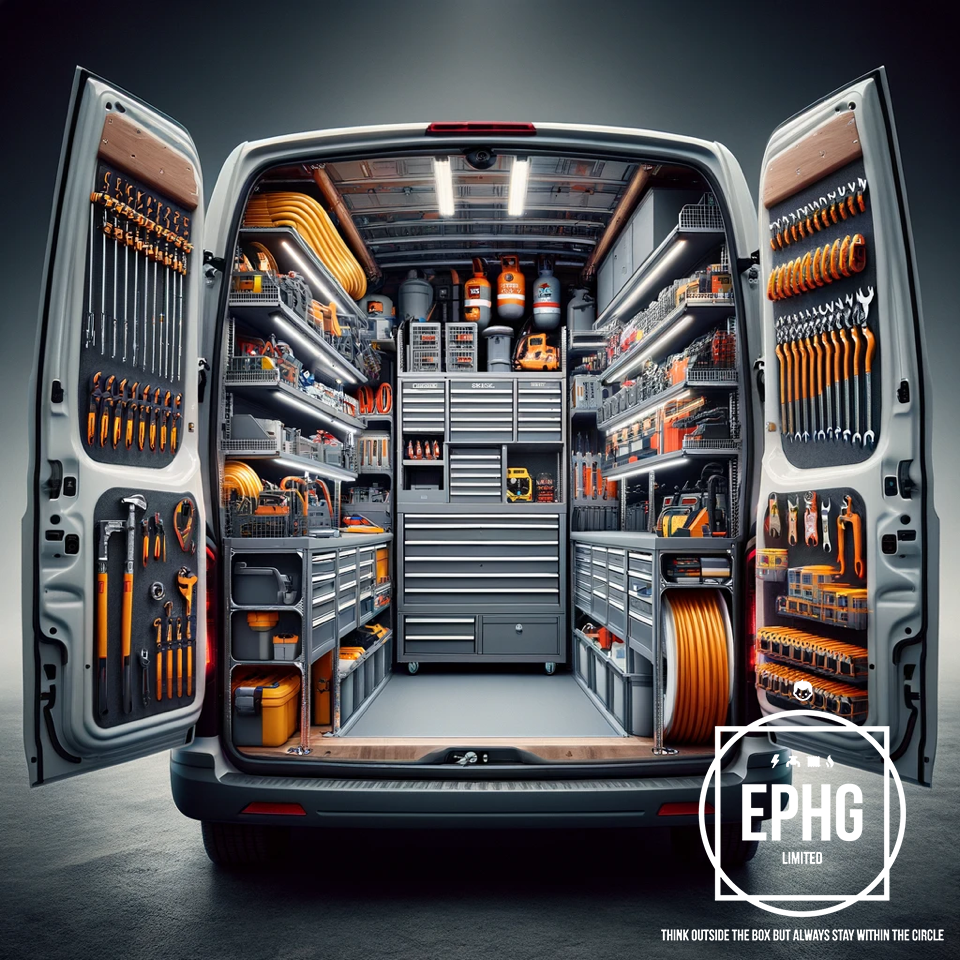
Volkswagen Gas Engineer Van Racking Ideas
More ideas in other articles below.
The future of the Volkswagen Van is as exciting as its past. With the automotive industry rapidly moving towards sustainability and digital technology, Volkswagen's future concepts promise to revolutionize the way we think about vans.
- Electric Revolution: The ID. Buzz
- Autonomous Technology
- Modular and Flexible Interiors
- Connectivity and Digital Integration
The Volkswagen ID. Buzz is the electric reincarnation of the classic van, merging nostalgic design with futuristic technology. Powered entirely by electricity, the ID. Buzz is Volkswagen's answer to the growing demand for eco-friendly transportation solutions. This concept is not just a nod to the past but a leap into a cleaner, more sustainable future.
Looking ahead, Volkswagen envisions vans that are not just electric but also autonomous. This technology would allow for self-driving capabilities, significantly impacting sectors like logistics and emergency services. Imagine an emergency gas engineer in Durham being able to focus on their work en route, as the van navigates traffic autonomously.
Future concepts also include highly modular interiors, allowing the van to be customized for various uses - from a mobile office to a utility vehicle equipped with specialized tools and equipment. This flexibility would be particularly beneficial for professionals who require a vehicle that can adapt to different tasks.
Integrating advanced connectivity features, future Volkswagen Vans could serve as a hub for both communication and control, incorporating IoT (Internet of Things) for smarter, more efficient operation. This would be especially useful for businesses managing a fleet of vehicles, including those in emergency services like gas engineering.
The Volkswagen Van: A Symbol of Continuous Innovation
From its humble beginnings to its future concepts, the Volkswagen Van stands as a testament to continuous innovation. Each iteration, from the classic Splitty to the futuristic ID. Buzz, tells a story of adaptability and foresight.
As we look towards a future where vehicles are more than just a means of transportation, but a part of our digital and sustainable lifestyle, the Volkswagen Van continues to evolve. It’s not just about moving people and goods anymore; it’s about moving forward with the times, embracing new technologies, and meeting the changing needs of society.
For professionals like emergency gas engineers in Durham or digital nomads seeking adventure, the Volkswagen Van remains a reliable, adaptable, and iconic choice. Its journey from a post-war utility vehicle to a symbol of future mobility encapsulates a legacy of innovation, making the Volkswagen Van much more than just a vehicle - it's a cultural icon that continues to inspire and evolve.
Fictional Disclaimer: Kindly be aware that some of the content and images featured in this article are purely imaginative creations by Martin Smith of EPHG Limited. They are not affiliated with or endorsed by the Volkswagen company. These visual representations are designed to spark your imagination and explore the realm of "what if," offering a unique perspective that blends fiction with the potential of innovation.



